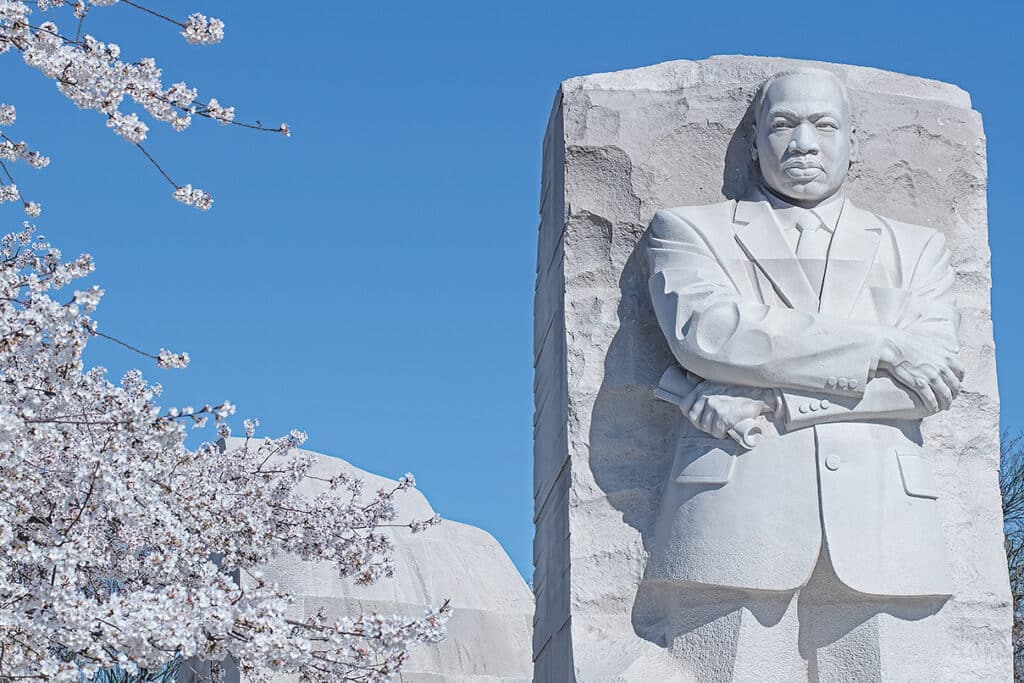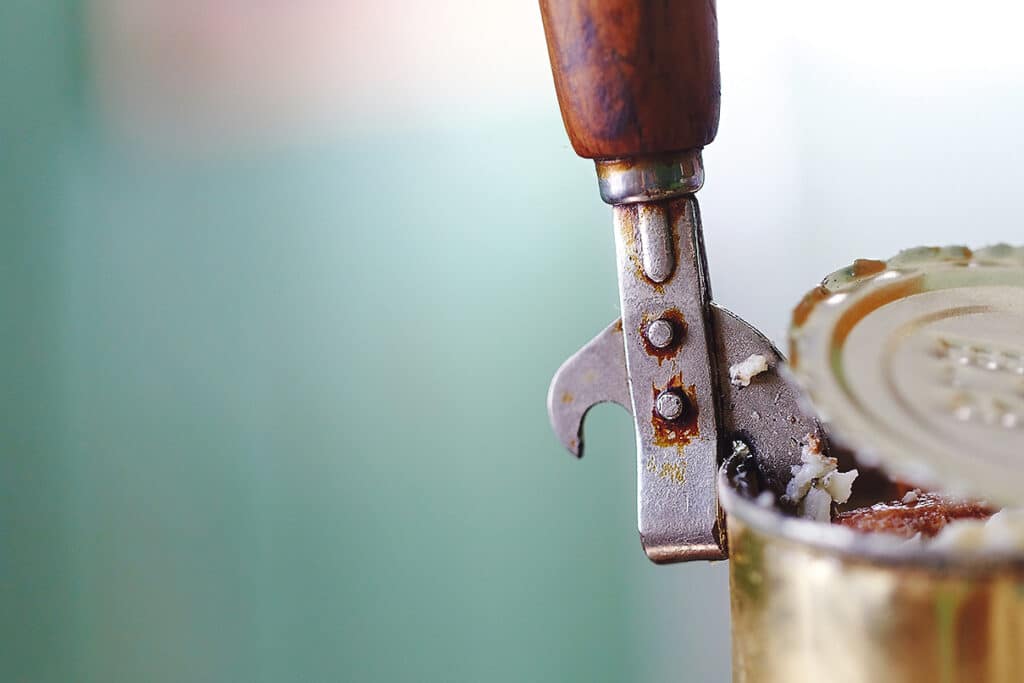The academic philosopher Julian Baggini claims the ‘fundamental basis of reasoning about matters of fact is empirical – based on observation and experience’. Simply put, observing the evidence for yourself.
Once we undertook a decision to travel to the States, we undertook a historical road trip, observing, the great pillars that shaped American culture – slavery, militarism and the magnificent Mississippi river, the third biggest in the world. All three are intrinsically linked, and continue to affect race relations and America’s obsession with a militant patriotism, the like Baggini claims, is best observed for oneself.
For anyone who loves history, Washington DC must be considered a momentous place of significance. Its location is the very epicentre of their political heartland but also marks the old divide between the slave-owning southern states and the Yankee north. The Arlington memorial bridge straddles the Potomac river, where once General Lee’s forces of the Confederacy gathered to protect their beloved Virginia, while up wind, Lincoln’s forces gathered the Unions. Today it is a shrine to the most significant moments of their timeline. One can’t help but feel goosebumps to stand in the same spot where Martin Luther King delivered his timeless ‘I have a dream’ speech under the gaze of the magnificent Lincoln memorial. Staring down at the reflective pool, backed by the 500 feet tall Egyptian-style stone obelisk that is the Washington Monument, is one of the most icon viewpoints in America. Behind that is the gleaming white neoclassical House of Representatives, accompanied by the Supreme Court and Library of Congress. To the north within a short stroll is the White House, built by an Irishman James Hoban in the 1790s. The whole layout of the city centre is designed to be awe-inspiring and mesmeric. Swarms of school children and mainly American tourists, buzzed around the memorials infused by enthusiasm for their great country – ignoring the key raw material that made it great – militarism.

Framed by these buildings and museums, are shrines, unabashedly, to American war and might. Young children follow their teachers and another generation of Americans are propagated into the very mindset it sets out to induce – pride in power, pride in militarism, pride in your government. There are lustrous, eye-catching, crafted memorials to wars across the globe including Korea and Vietnam. They are to honour their soldiers – let there be no illusion here. The Korean monument inscription proclaimed it was a great act of charity or some benevolent act, by fusing into stone the words, ‘Our nation honours her sons and daughters who answered the call to defend a country they never knew and a people they never met.’ You wonder with the country still partitioned, seventy years later, did American cold war politics only create the conditions for despots to still thrive there? There is a memorial lament to the Vietnam dead, all 58,000 who died fighting in that gladiatorial arena for global supremacy against their political nemesis – communism. There is no mention of the 1.1 million Viet Cong who sacrificed their lives in wanting to defend the political system they believed in and chose at that time. Close by is what they call the tidal basin, encircled by delicate pink and white cherry blossoms. Dr King’s beautiful statue on its edge, is a legacy to his fight for the black man and woman to be regarded equal in America, the land of the free. Every day he stares over at the bigger Jefferson Memorial – a former president and slave owner. King, if alive might see the humour in it, but a trip in the Washington metro would also show him, little has changed for many black people. We didn’t see one white face working the low paid metro jobs, or for that matter, in the minimum-waged eateries. As an employee in the Black African Museum told me later, it’s all good having an occasional Obama or Oprah succeed but nothing will change in the race relations without a seismic change – against a system and constitution that, is ‘rigged’ to maintain the status quo.
In a very small area, are treasure troves of (free) modern, interactive, and thought-provoking museums where one could lose oneself for weeks. These offer a much more critical view of America’s past. We managed to visit the aforementioned National Museum of African American History and Culture, the National Museum of the American Indian to name but two. The latter pulls no punches and examines the ethnic cleansing (not my words, but the museum’s) of the native Americas. We all probably have a vague understanding of the many treaties that were made, schemed, forced on native Americans by the earlier settlers; English, Irish, German, French, Spanish. But as America grew as a political entity after their revolutionary war, and more significantly the Louisiana Purchase, from Napoleon in 1803, which doubled the size of their nation overnight, they faced west and believed it was their destiny to create a continental power. The museum, through primary source documents, displays, maps and video links, tells the story of the first major step to forcible relocate American Indians, when the elected politicians in Congress, under the guidance of President Andrew Jackson passed, the ‘Indian Removal Act’ of May 28, 1830. It was the beginning of the end for the Indian nations, who before the European arrival have been estimated to be composed of about 50 million people, which by 1900 dwindled to 250,000, mainly confined in reservations (thankfully numbers have been restored to 2.8 million, but in a population of 350 million for context). The infamous and euphemistically called ‘trail of tears’, was one such forced march, upon the Cherokee. Many were shot dead or died from sickness along the way, under miserable conditions, swept away under the auspices of the American army. This was just one episode, as the powers in DC, plotted on stealing land, in Mississippi, North Carolina, Alabama, Tennessee, Georgia, that was rich in minerals, living space, timber, waterways, hunting grounds, and so on. It amounts to a prototype of nazi Lebensraum of Hitler’s 1930 Germany, but shockingly it happened a hundred years earlier in heroic America. At least if you take time in the museums, these experiences have been curated by people who have invested time, energy and deep research into bringing the whole picture to us. Meanwhile back on the streets across in Arlington, is one of the most iconic World War Two memorials that stands proudly outside Arlington cemetery. It sculpts the moment when four marines, erected the American flag on Iwo Jima, captured from the Japanese. This in itself, is an understandable memorial given the period and that it was one of the most significant and bloodied battles that American marine corps endured. Its aim was to take it from the Japanese and have a base in the Pacific close to Japan. Around this memorial, there is homage paid to other great American wars, including ‘the Indian wars’ as well as their colonial wars against Mexico. It speaks militarism, might, expansion. The buses at its base were packed with people capturing the symbolic statue in a selfie. You wonder did they pause to think what was written around it? Perhaps it doesn’t register or it’s just an accepted part of their nation building?
Arlington, like the great war cemeteries of Europe, is a brilliant place to visit. For admirers of JFK, his grave lies there, decorated by the ‘eternal flame’ kept lit since 1967. A hero to Irish Americans, a curse to many Cubans who had to face off his invasion (consisting of CIA trained and armed Cuban exiles) to protect their sovereignty in the ‘Bay of Pigs’ in 1961. There is something about the vast fields of simple white crosses, littered between trees and grassy rolling knolls. Its scale is impressive, so too its serenity. But for me its symbolism has outgrown its function as a place where the dead is laid to rest. It too, is another cog in the system that brings Americans together, supporting the military machine. It’s a homage to all the battles, but it’s become even more sacred because these days you have to be significant or a decorated combatant to receive a military plot into ever-shrinking space. From my perspective, it’s another, more tragic, form of making militarism pure and holy. It can be easy to forget about all the deaths those armies inflicted on the globe. Perhaps you may feel I am too harsh with my overview, but when driving across America, you are constantly reminded of their interconnectivity to the military. Every town, city and suburb have a ‘veterans’’ road or street. There are health centres dedicated to war vets, billboards for special mortgages for war vets, signposts for army bases, and a flurry of the patriotic flag poles, only matched in density by Union Jacks, in pockets of Northern Ireland. And so, on to Louisiana, Mississippi and Alabama – where the story of slavery, civil war, the civil rights movement, comes to the fore. This will deserve its own telling – for next month.



